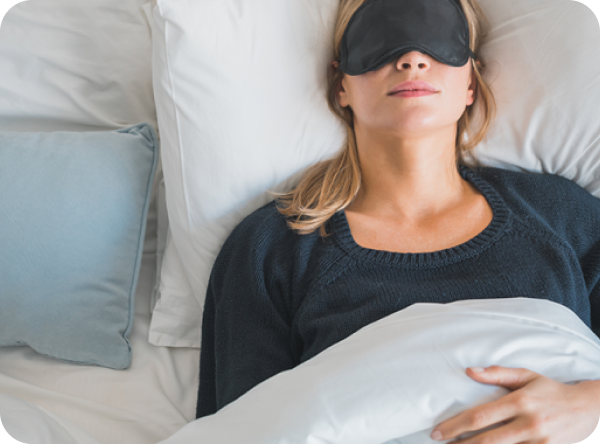
Best Temperature for Sleep
August 8, 2023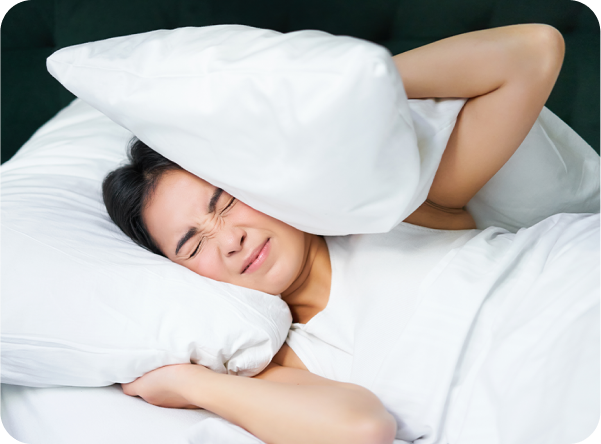
Quietest Air Conditioner
November 16, 2023Do Evaporative Coolers work in Melbourne?
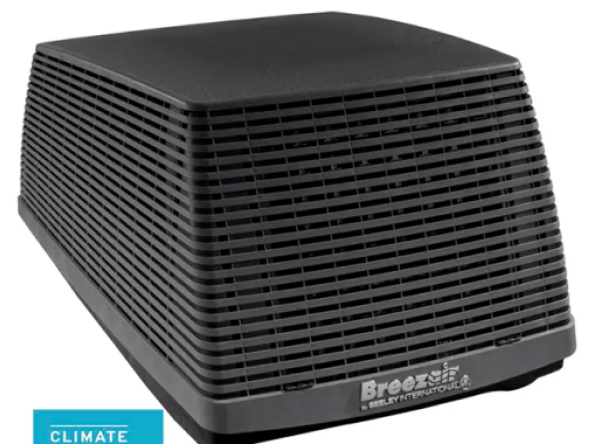
Yes, evaporative coolers do work effectively in Melbourne. A popular choice for cooling homes and businesses, evaporative coolers are one of the most energy-efficient and cost-effective means to stay cool when the temperatures rise. With Melbourne summers tending to be mostly dry and warm, evaporative cooling is an excellent solution to keep your home climate comfortable. In this article we will explore evaporative cooling technology & its suitability for use in the Melbourne climate.
Evaporative Cooling: What Is It?
Evaporative cooling is an energy-efficient, natural approach to air conditioning that leverages the physics behind evaporation to remove heat from the air in your home. On average, it can reduce your home’s temperature by 10 degrees.
Evaporative cooling is rapidly gaining popularity in Australia, with up to 20% of homes already using them. This isn’t surprising given they have lower installation, upkeep and operating costs compared to other air conditioning solutions. In addition, because these systems add humidity to the air for a cooling effect, they can make life much easier for people with allergies and asthma. They also provide a constant flow of clean, cool air through your home without the use of chemical refrigerants, which means they contribute far less to greenhouse gases.
Types of Evaporative Coolers
The three types of evaporative coolers on the market are direct, indirect, and portable:
- Direct evaporative coolers are the most common type and operate very simply: air is drawn into the cooler, passed over a wet pad, and then blown back into the room. The only real drawback of direct evaporative coolers is the possibility of increasing humidity within your home.
- Indirect evaporative coolers are similar to direct evaporative coolers but use a heat exchanger that helps reduce humidity levels. This approach makes them effective in more humid climates.
- Portable evaporative coolers are engineered to be moved from room to room. They are smaller and don’t have the same power as direct or indirect coolers, but they work well in limited spaces.
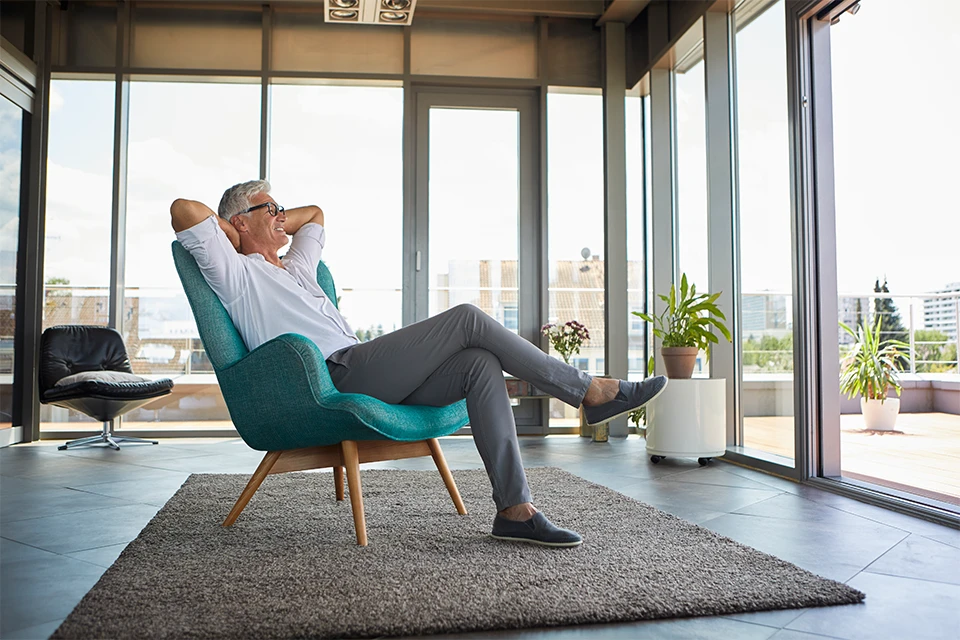
Components of Evaporative Coolers
Unlike more traditional air conditioning units, evaporative coolers don’t need refrigerants to achieve a cooling effect, making them a much more natural, environmentally-friendly approach to temperature control. They also have fewer moving parts, and their operation is quite simple, making them very reliable systems.
The major components in these units are the fans, the cooling pads, the water tank, the pump, and the moisture distribution system. The cooling pads are made from fluted cellulose sheets to maximise the area the air must pass over and filter the outside air as it comes inside. To keep them sufficiently damp, modern evaporative coolers have water distribution systems to ensure water is uniformly spread across the cooling pads. The water distribution pumps that water from the tank (and more water will be used on hotter days).
The primary system is usually placed on the roof where the fans draw in outside air, and a ductwork system delivers the cooled air to various areas within your home.
How Do Evaporative Coolers Work?
An evaporative cooler draws in warm air from outside and cools it via evaporation, then dispenses the chilled air to every room. The key concept behind evaporative coolers is the process of evaporation. For a liquid to be transformed into a gas, a certain amount of energy (which engineers call the substance’s latent heat of evaporation) must be available. In the case of an evaporative cooler, that energy is drawn from the warm air as it is blown over the water in the cooler and subsequently evaporates.
Here are the basics of how an evaporative cooler works:
- Hot air is drawn from outside using an outdoor unit with a fan
- As the air is pulled in, it is forced over the cooling pads in the evaporative cooler
- The cooling pads are kept wet using an internal water tank
- As the hot air flows over (or through) the pads, the water evaporates, and the incoming air is cooled
- The now cool air is then circulated back into the room/s via ducts
If an indirect evaporative cooler is used, the air passes over a heat exchanger instead of through cooling pads. In this case, the heat exchanger is a series of tubes containing cold water. As the air flows over the cold pipes, two things happen: (1) moisture condenses on the pipes and is absorbed into the air, and (2) the air is cooled as it comes into contact with the cold, water-filled pipes.
What is Relative Humidity?
Relative humidity is the percentage of how saturated the air is with moisture vapour.
How we tend to perceive the various stages of relative humidity on our bodies:
- 55% or less: dry and comfortable
- 55% to 65%: starting to feel “muggy”
- More than 65%: getting unpleasantly warm & uncomfortable
- 66%+: damp & sticky, very “muggy”
The National Asthma Council says that somewhere between 30-60% humidity is the most comfortable for our health. Our bodies rely on air to absorb our sweat, allowing our bodies to keep cool in the heat. When humidity rises, there’s already moisture in the air, which makes it harder for the air to take in the extra moisture from our skin. The higher the humidity (and moisture vapour) the air holds, the less sweat vapour (or other moisture) it can absorb. Humidity impacts evaporative cooling units in a very similar way.
Humidity Averages in Melbourne and what It Means for Evaporative Cooling Efficiency
The higher the humidity gets, the harder it is for evaporative systems to perform the cooling process of adding the cool water vapour to the already moisture dense air. For this reason, evaporative coolers work best on drier low humidity days. That being said, they still function relatively well up to humidity levels of 50%.
High humidity levels are most likely to occur at the end of heatwaves, or following rain and storms. Melbourne humidity often peaks in Summer & Winter. Summers in Melbourne have an average relative humidity of around 51%, making evaporative coolers a suitable cooling solution for the hottest parts of the year. In Winter, humidity does tend to climb higher, with average levels peaking at about 60% in June. Evaporative coolers still work at 60% humidity, however are less effective. Luckily May to July is when Melburnians are less likely to need cooling.
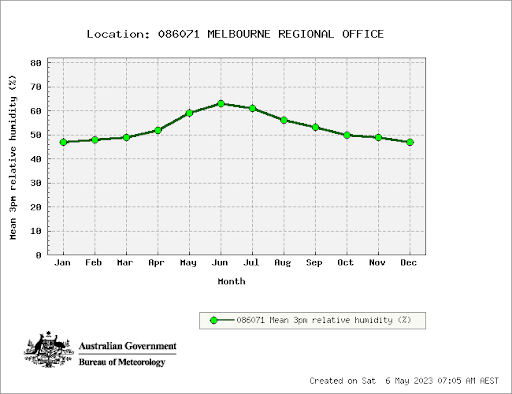
Source: Bureau of Meteorology
How to Use Evaporative Cooling Efficiently
Now that we know evaporative coolers are a good choice for Melbourne homes, it’s important to ensure that the unit you choose is appropriate for the size and needs of your home. For this, you’ll need the help of your local air conditioning team. A correctly sized unit is the first step to a highly efficient, cost-saving solution.
You also need to keep some windows and doors open to allow the air within the home to escape. This ensures a continual flow of cool, fresh air which is crucial for an evaporative cooler’s proper, safe operation. It also prevents the problematic buildup of moisture within the house.
To get the most out of an evaporative cooler, you also need to keep it maintained. The cleaner the cooling pads then the more efficiently your unit will run (and the lower its operating costs). The cooling pads are going to need regular cleaning to avoid the buildup of outdoor pollutants (such as dust and ash) and mineral buildup from the water. Of course, there comes a time when these pads need to be replaced. How often this is done depends on the levels of mineralisation of your water source and what kind of airborne pollutants you’re dealing with, but start with manufacturer guidelines.
There is also a drip pan that needs to be emptied when the cooler is not in use. This prevents stagnant water and the bacteria that can grow within it. Needless to say, it’s also a good idea to ensure the water in the tank is clean.
Regular maintenance performed by a heating and cooling specialist is also important to its performance and efficiency, usually performed annually. For example, they can ensure that the fans are running correctly and that the water tank and distribution system are free of any clogs (such as calcium deposits). They can add lubrication where needed, evaluate the performance of the evaporator system, and check the electrical aspects of the system as well.
You might also want to connect your evaporative cooling unit to your WiFi-connected home zoning system to optimise how it’s used. This is something to consider during the design and installation phase for your system.
Evaporative Cooling: Cost to Run
Evaporative cooling systems can be more efficient than their traditional refrigerated counterparts with potential for saving up to 80% on running costs compared to other cooling methods.
The three main parameters that affect how much an evaporative cooler costs to run include:
- The size of your home
- How well-maintained you keep your evaporative cooling unit
- Humidity levels in the area
Sustainability Victoria have summarised the average cost of evaporative cooling based on your home size. These are their approximate annual running costs for ducted evaporative cooling in an average Melbourne climate, last updated in December 2022.
| Ducted Evaporative cooling | Annual Energy Cost | Energy Star Rating |
| Small house (100 square metres) | $45 | Standard |
| $35 | Inverter | |
| Medium house (160 square metres) | $65 | Standard |
| $50 | Inverter | |
| Large house (220 square metres) | $80 | Standard |
| $65 | Inverter |
Evaporative coolers are a low-cost, energy-efficient system that combines outstanding performance with environmental sustainability. They do work well in Melbourne, with its predominantly dry heat during Summer and generally comfortably low humidity weather. Even if there are occasionally high humidity days after a hot spell or thunderstorm, evaporative cooling is still an effective method to cool your home. If you’re interested in adding an evaporative cooler to your home, contact Simply Air Heating and Cooling. Our experts can recommend the right size and system for your home and help you determine how to get the most out of your new cooling system.
 Schedule a quote
Request a callback
Schedule a quote
Request a callback

Call us Mon-Fri: 8:30am-5pm or leave us a message for a callback.
